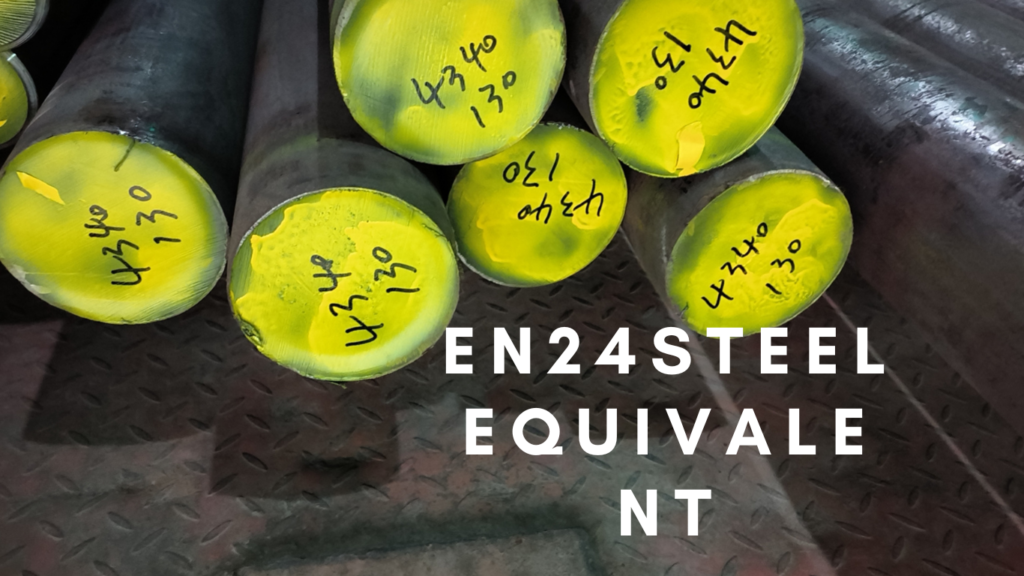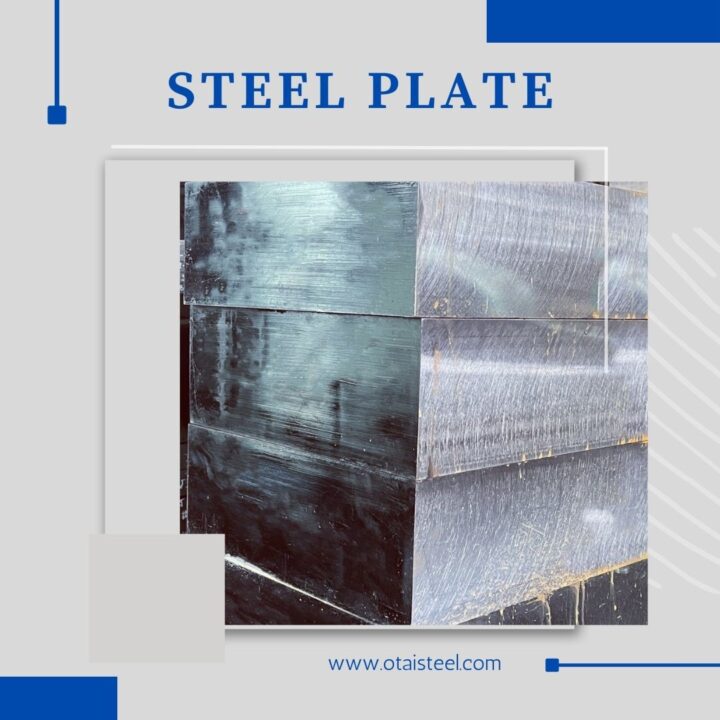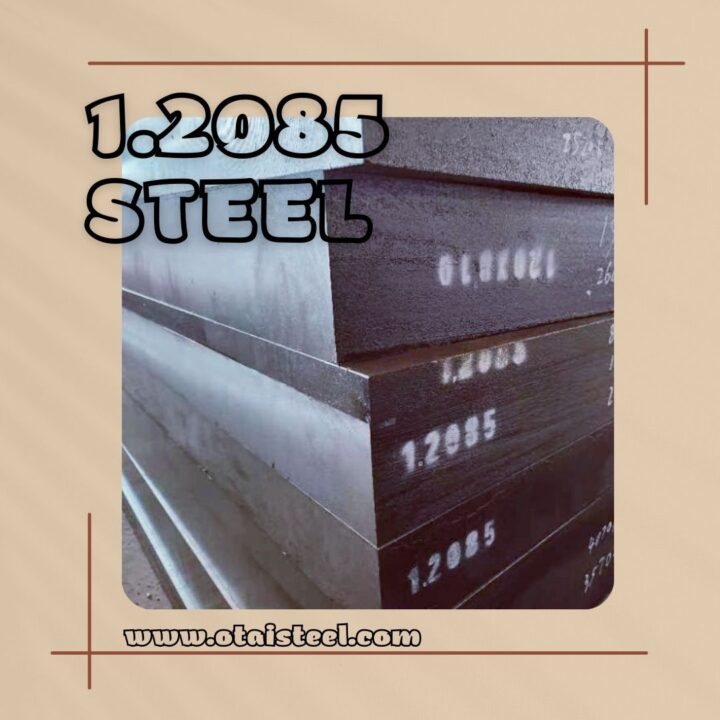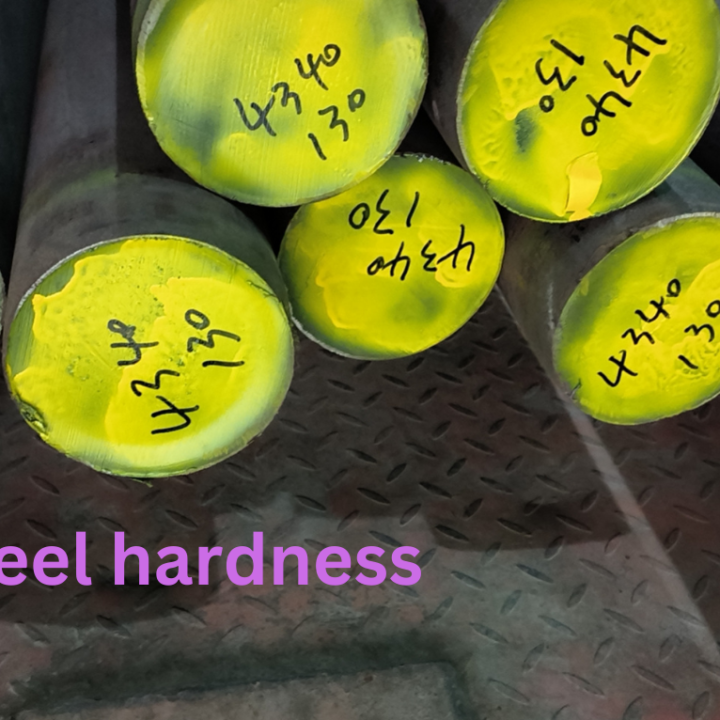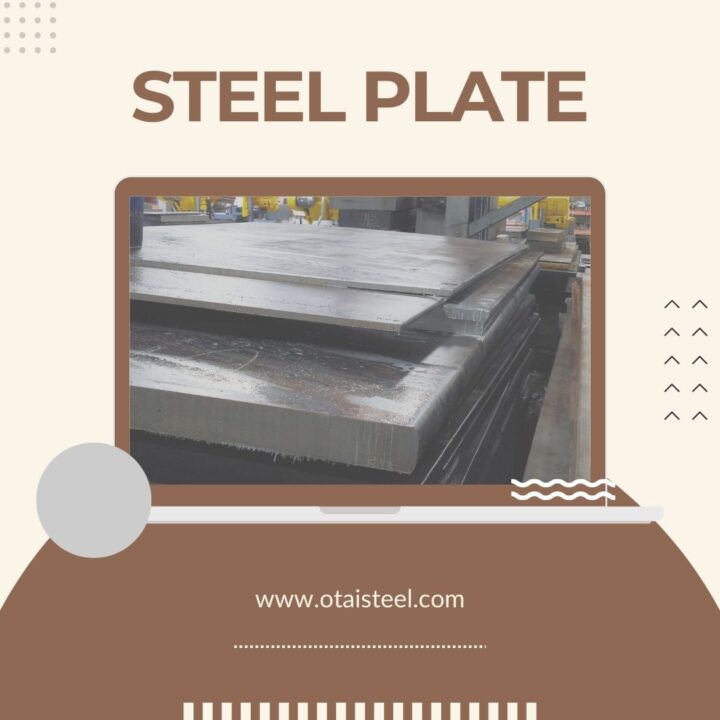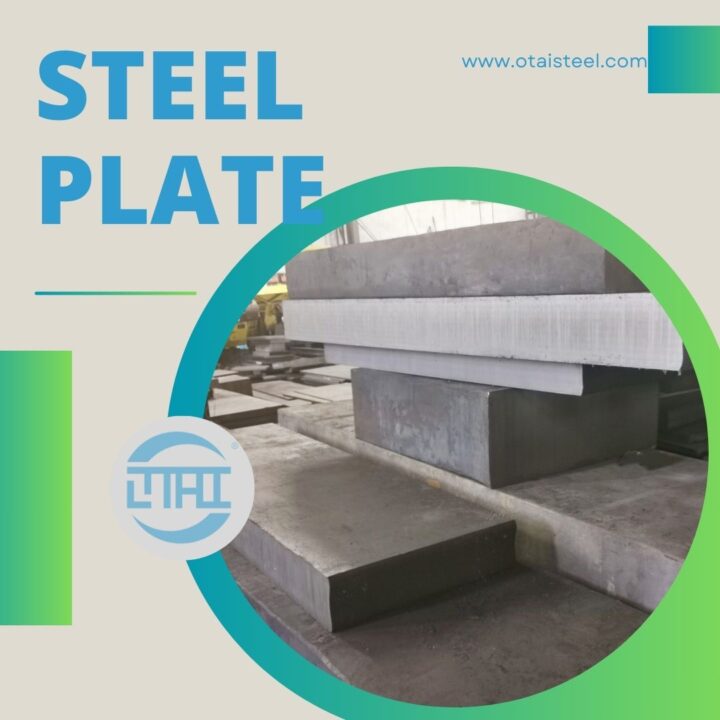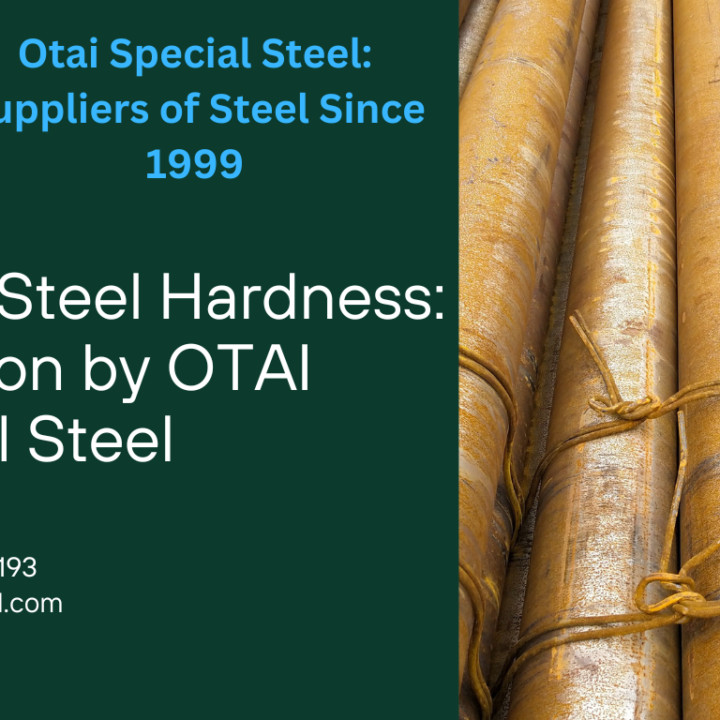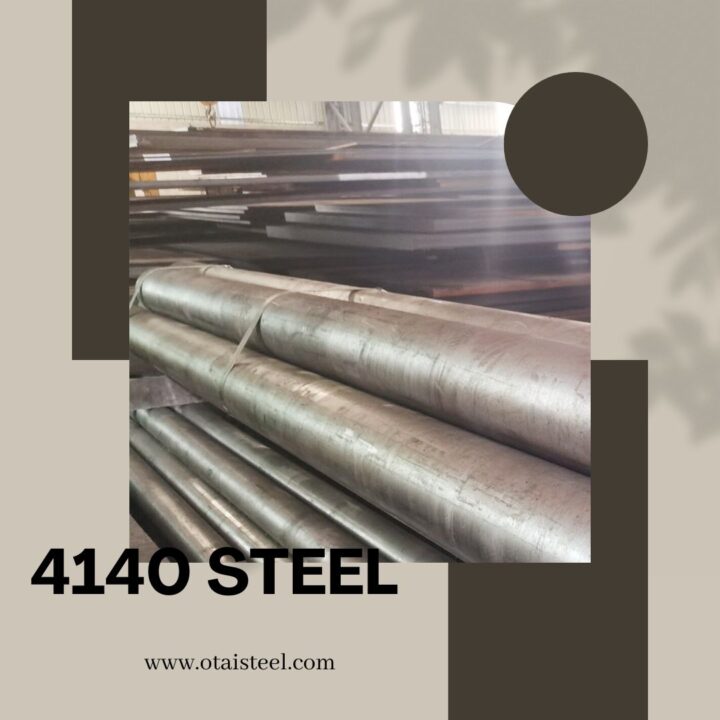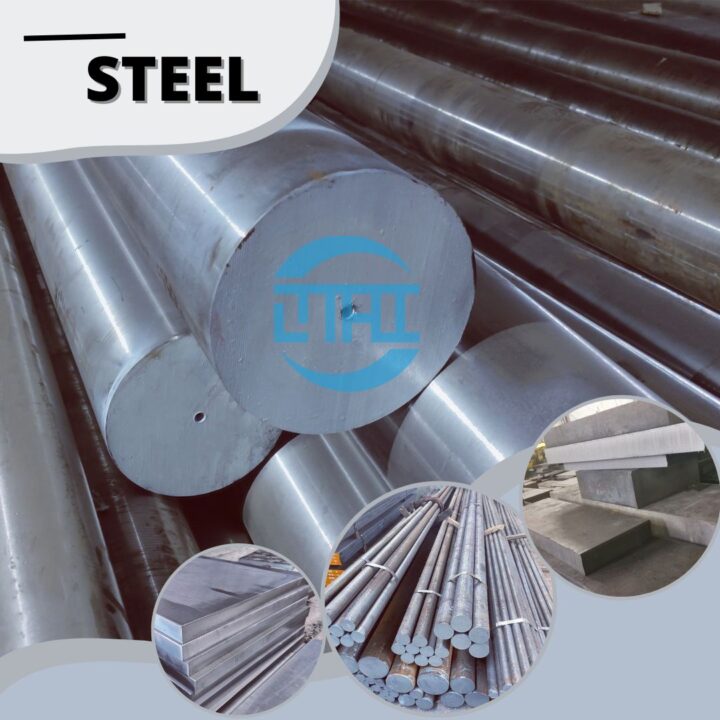When it comes to steel, the quest for the perfect alloy is never-ending. EN24, a well-established steel grade, has served various industries for over a century. But what if you’re looking for an equivalent? Perhaps you need a different option for your specific application? This blog delves into the realm of EN24 steel equivalents.
What Is EN24 Steel?
EN24 is a sturdy steel alloy with high tensile strength, excellent ductility, and seismic resistance, making it the preferred choice for various industries.
Chemical composition of EN24
| Component Elements Properties | Metric | US/Imperial |
| Carbon, C | 0.35 – 0.45 % | 0.35 – 0.45 % |
| Chromium, Cr | 0.90 – 1.40 % | 0.90 – 1.40 % |
| Silicon, Si | 0.10 – 0.35 % | 0.10 – 0.35 % |
| Manganese, Mn | 0.45 – 0.70 % | 0.45 – 0.70 % |
| Molybdenum, Mo | 0.20 – 0.35 % | 0.20 – 0.35 % |
| Nickel, Ni | 1.30 – 1.80 % | 1.30 – 1.80 % |
EN24 Steel Equivalents
Steel knows no borders, and various countries around the world have developed their own versions of nickel-chrome-moly steel to serve their industries. Below are some of the EN24 equivalents from around the world:
- USA (AISI): 4340
- Germany (DIN): 34CrNiMo6
- France (AFNOR): 34NiCrMo8 / 35NCD6
- Sweden (SIS): 14.2541
- Spain (UNE): F1.272
- Japan (JIS): SNCM447
- China (GB/T): 34Cr2Ni2Mo
These international equivalents cater to the diverse needs of different regions, offering similar properties to EN24.
EN24 Steel Properties and Applications
EN24, particularly in the ‘T’ condition, is renowned for its high tensile strength and shock resistance. It is also easy to machine and can be forged or stamped without difficulty. This versatility makes it an excellent choice for:
- Power transmission gears
- Cranks, axles, and shafts
- Connecting rods
- Bolts and screws
- Parts in the plastics and rubber molding industry
- Structural components requiring high tensile strength
Whether it’s a high-stress gear or a critical axle, EN24 can handle the pressure.
Typical Mechanical Properties for EN24
| Condition | Tensile N/mm² | Yield N/mm² | Elongation (%) | Izod KCV J | Hardness Brinell |
|---|---|---|---|---|---|
| T | 850-1000 | 650 | 13 | 35 | 248-302 |
| U | 925-1075 | 755 | 12 | 42 | 269-331 |
| V | 1000-1150 | 850 | 12 | 42 | 293-352 |
| W | 1075-1225 | 940 | 11 | 35 | 311-375 |
| X | 1150-1300 | 1020 | 10 | 28 | 341-401 |
| Y | 1225-1375 | 1095 | 10 | 21 | 363-429 |
| Z | 1550 | 1235 | 5 | 9 | 444 |
Heat Treatment and Machinability
EN24 can undergo various heat treatment processes, such as hardening, tempering, nitriding, and more. It’s machinable both in the annealed condition and when hardened and tempered, offering flexibility in manufacturing.
Welding and Stress-relieving
While EN24 can be welded in the annealed state, welding it in higher tensile conditions isn’t recommended due to the potential impact on its properties. Stress relieving can be beneficial after welding or heavy machining to ensure stability.
The History of EN24
EN24 boasts a rich history dating back to the late 19th century. Initially produced as nickel-chrome steel in Sheffield, various steel mills created their versions with unique names. However, during World War II, efforts to standardize steel specifications led to the birth of EN24, then known as ‘ESC 1 ½ percent NICKEL-CHROME STEEL.’ In 1970, it was officially designated as 817M40.
EN24’s journey highlights its enduring presence and continual adaptation to industry needs.
In your quest for the perfect steel alloy, understanding EN24 and its equivalents opens the door to a world of options. Whether you choose the classic EN24 or opt for one of its international counterparts, rest assured that these alloys have a strong global legacy and a promising future in various applications. If you need any help, please feel free to contact us!
